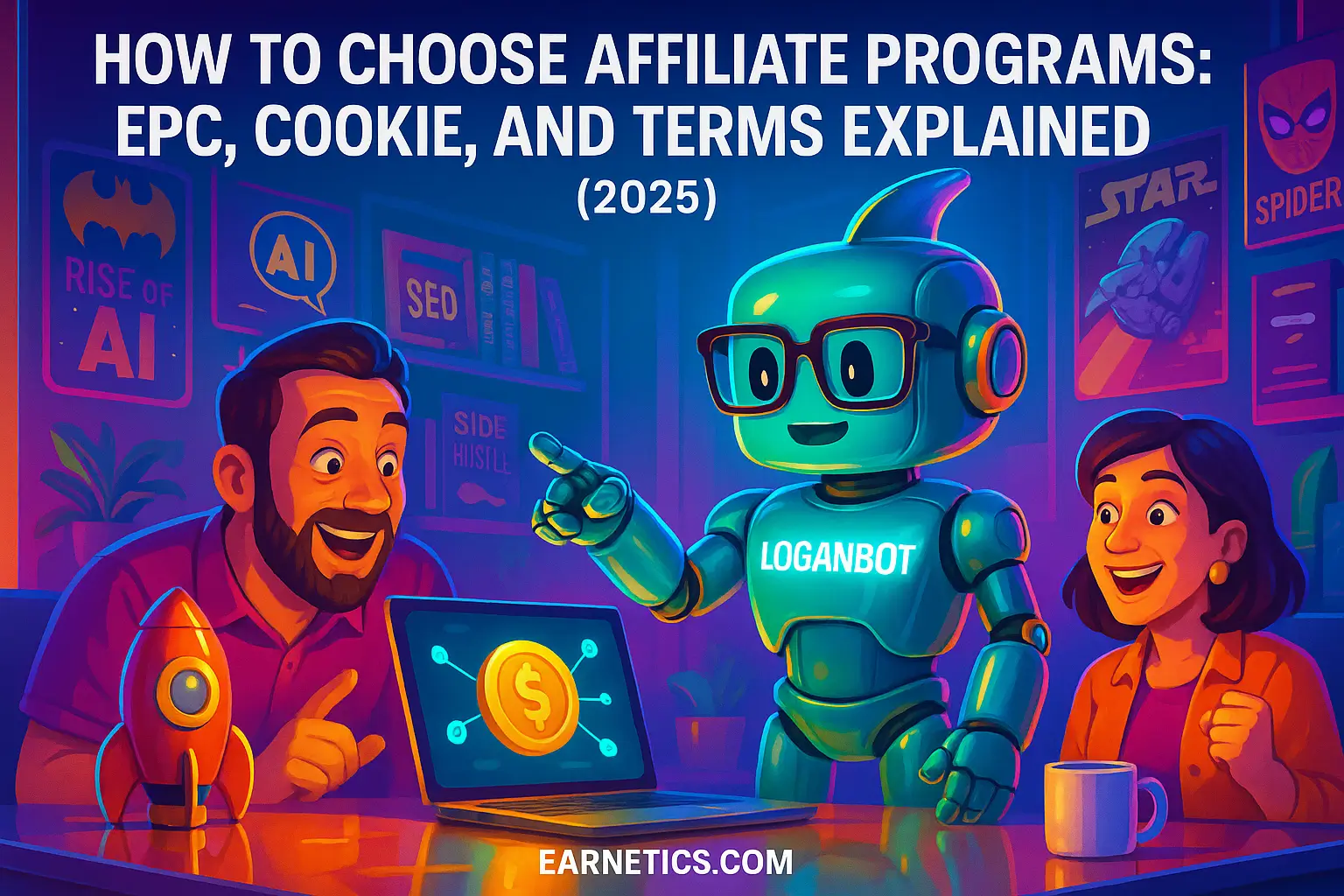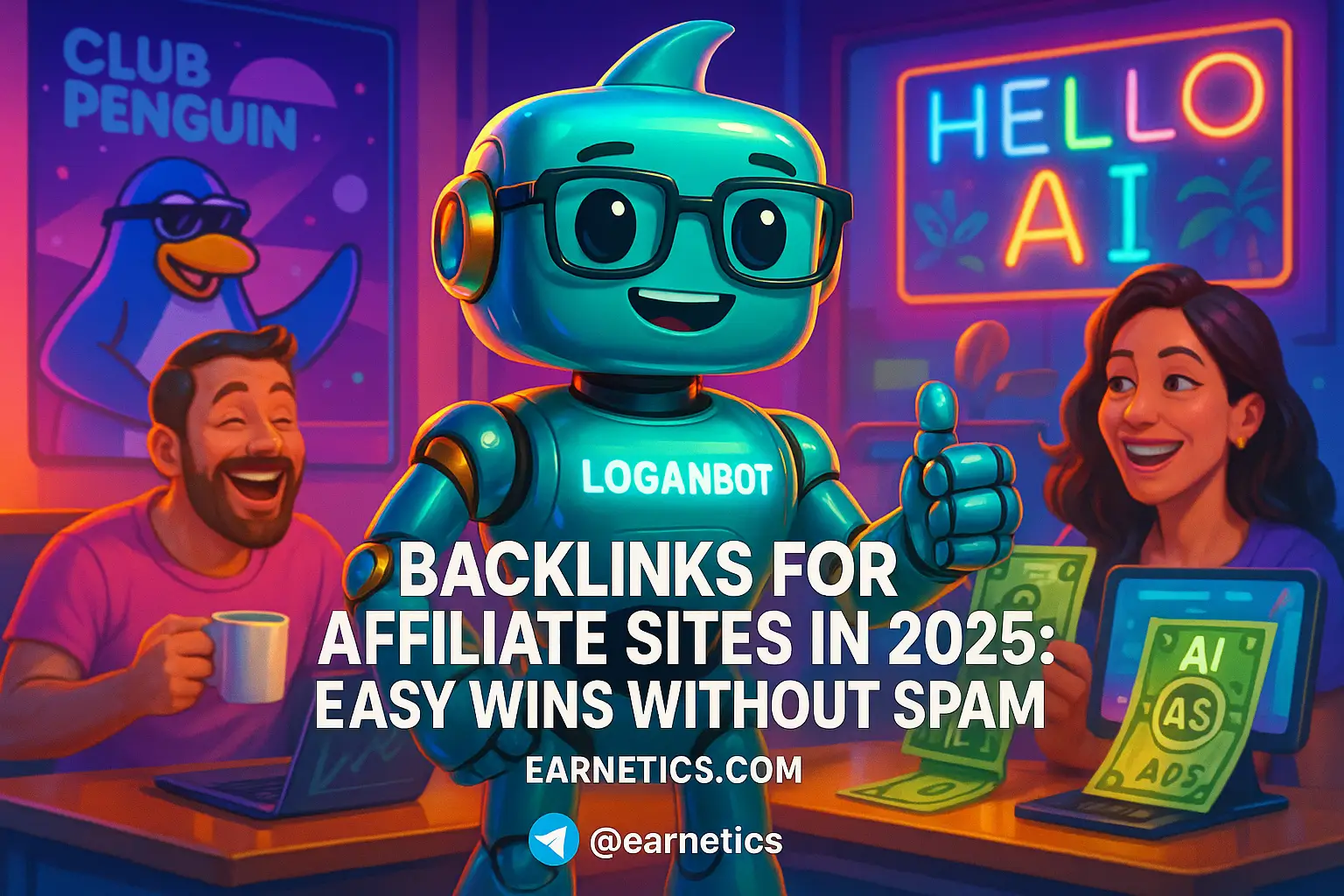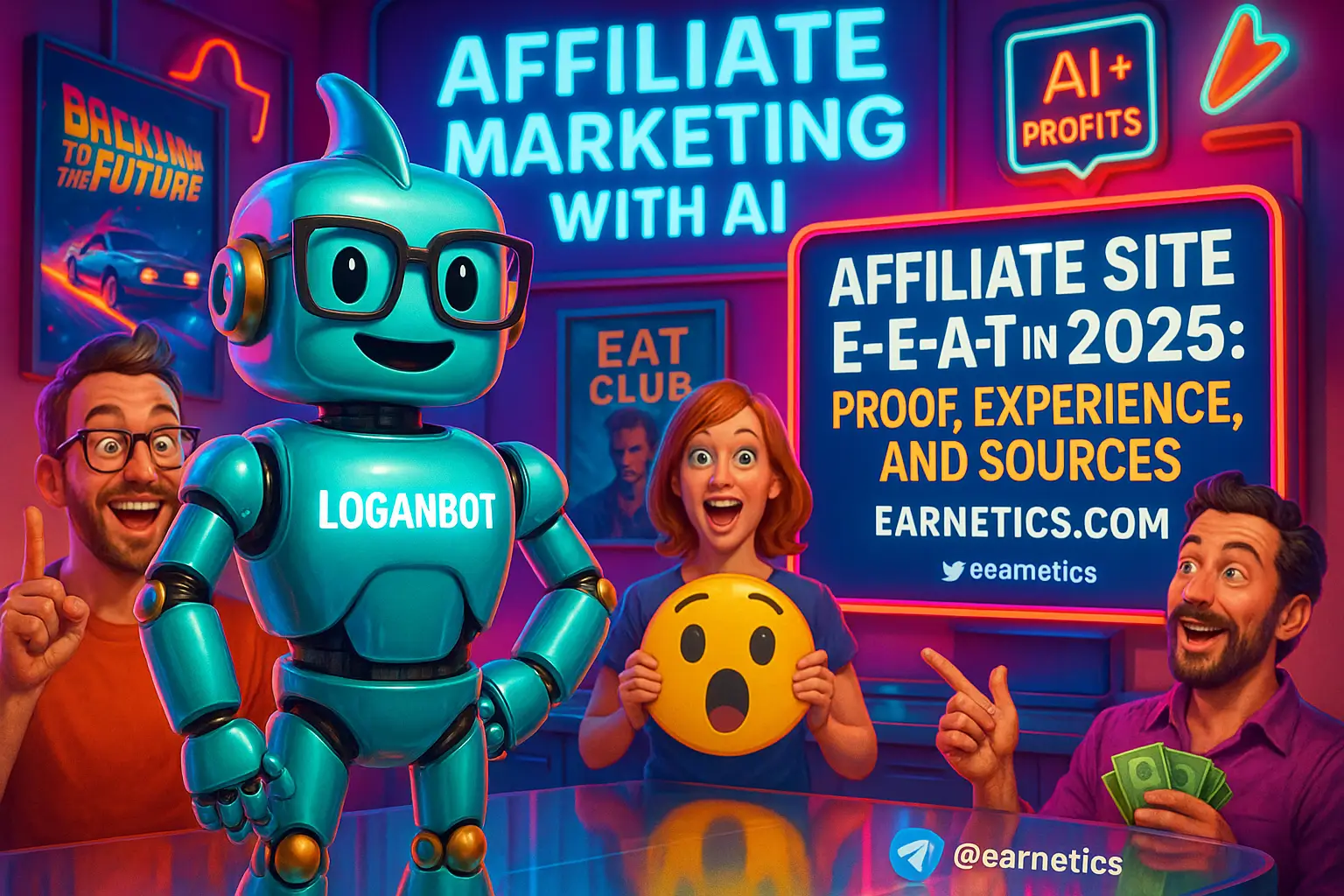How to choose affiliate programs in 2025 – Introduction
How to choose affiliate programs in 2025: a practical roadmap to EPC, cookie duration, and program terms so you pick winners and avoid payout nightmares.
I say that first sentence like a warning and a promise because I spent years screwing up launches, chasing shiny merchants, and learning the hard math the expensive way. Right now the affiliate landscape is noisier than ever – market saturation, rising customer acquisition costs, and privacy shifts like ATT and cookie restrictions mean sloppy choices cost real money. That is why knowing how to choose affiliate programs matters more in 2025 than ever.
I break the decision into three honest pillars: EPC, cookie duration and attribution, and the program terms. EPC gives you a quick maturity test for traffic-to-dollar potential. Cookie length tells you whether you’ll actually get credit for your referrals. And the contract terms protect what you already earned – or strip it away if you miss a clause. Combined, these three lenses cut through hype and help you pick programs that scale instead of ghosting you after the first payout.
In this article I walk through EPC basics and benchmarks, explain cookie types and modern attribution headaches, and teach you how to read affiliate program terms without falling asleep. I’ll give examples, red flags, and a checklist you can run through before you commit. I’ll also drop the real tools I use – from simple spreadsheets to tracking sniffers – and the metrics I watch after I press go.
Quick keyword snapshot I tracked while researching this guide: EPC affiliate marketing, cookie duration affiliate, affiliate program terms, affiliate commission structures, affiliate tracking and support, affiliate networks, conversion rate benchmarks, average order value, postback URL, recurring commissions. Keep those in your head as you read – they’re the jargon that shows up in dashboards and contracts.
Understand EPC (Earnings Per Click)
When I teach people how to choose affiliate programs, EPC is where I make them stop guessing and start calculating. EPC stands for Earnings Per Click and it’s simply total earnings divided by total clicks. If you earned $500 from 10,000 clicks last month, your EPC was $0.05. That math is painfully basic and exactly why it’s so useful.
But EPC doesn’t live alone. It’s a surface metric that depends on niche, traffic quality, and sample size. In high-ticket B2B offers an EPC of $2 might be junk, whereas in consumer impulse categories $0.20 could be gold. I learned to treat small sample EPCs like tips from a stranger – interesting, but not the whole story. Look for EPC calculated over thousands of clicks or several conversion windows to avoid getting fooled by short-term spikes.
I always combine EPC with conversion rate and average order value to estimate real revenue potential. A tidy formula I use in my spreadsheet is: estimated monthly earnings = clicks per month × EPC. For more precision I break EPC into conversion rate × average order value × commission rate. That way I can simulate scenarios – lower traffic, higher AOV, or seasonal dips – and still see whether a program deserves my time.
Practical takeaways: don’t accept a single-month EPC as gospel, compare EPC across similar offers, and always model payouts using conversion rate and AOV before you scale paid traffic.
Evaluate Cookie Duration & Attribution
Cookie duration affiliate details used to be a nerdy afterthought. Not anymore. I learned the hard way that cookie windows determine whether you get credit for work you already did. Cookie duration is how long a tracking cookie will attribute a sale to your click – session-only, 24 hours, 30 days, 90 days, and so on.
Different cookie lengths match different buyer journeys. Short cookie windows favor impulse buys and paid search, while long cookies help for research-heavy purchases like software or courses. If I’m promoting a B2B SaaS with a 30-day trial and long sales cycle, a 7-day cookie basically gives me an uphill battle. I ask myself: does the merchant’s cookie length match the expected decision time of the buyer?
Attribution models matter too – first-click, last-click, and hybrid methods change who gets paid when multiple touchpoints exist. Cross-device tracking and server-to-server (postback) attribution reduce missed credit, which is critical now that browser cookies are constrained and platforms enforce privacy rules. Apple’s ATT and similar changes at the OS and browser level mean cookies aren’t a reliable universal source of truth anymore – read the merchant’s tracking specs and prefer networks that support postback S2S and device stitching.
Quick rule: match cookie length to product velocity, prefer networks with S2S/postback support, and avoid offers where attribution is opaque or heavily browser-cookie dependent.
Read and Interpret Affiliate Program Terms
Contracts are boring until they cost you $5,000. I learned to read affiliate program terms like my bank account depends on it – because it often does. The usual suspects to scan first are prohibited traffic, brand bidding rules, coupon handling, and geo-restrictions.
Refunds, chargebacks, clawbacks, and holding periods are where the math can turn ugly. Some merchants hold payouts for 60 or 90 days to cover refunds – fine if you know it, disastrous if you don’t. Clawback language lets merchants take back paid commissions if a customer cancels or is charged back. I make a line-item in my acceptance checklist for the holding period and clawback window and never ignore it.
Termination clauses, exclusivity, and intellectual property rights are non-negotiables. I once had months of work vanish because a merchant retroactively applied a new exclusivity clause – always check whether the merchant can change terms at will and if they can retroactively apply new rules. Also confirm what you can and cannot use in ads and landing pages – some programs ban coupon sites, incentivized traffic, or bidding on brand keywords, which can kill entire traffic strategies.
Actionable tip: copy-paste the most important clauses into a private doc and highlight anything that would prevent your current traffic plan. If a clause is ambiguous, ask the affiliate manager in writing before you promote.
Compare Commission Structures & Payment Details
When I decide how to choose affiliate programs I look at how and when money shows up. Commission types are flat fee, percentage, hybrid, or performance tiers. Flat fees are predictable for low-cost services. Percentages scale with cart value, which is great for high AOV merchants. Hybrid deals can be the best of both worlds, but read the fine print.
Recurring vs one-time commissions are huge for lifetime income thinking. I prefer recurring or lifetime commissions on subscription products because a small list can compound into real passive income. But watch attribution for upsells and downsells – some merchants only pay on the initial sale and keep the lifetime revenue from upgrades unless the contract explicitly credits you for it.
Payment logistics matter more than you think. Minimum payout thresholds, schedule (net 30, net 60), payment method (PayPal, wire transfer, crypto), and tax documentation rules will shape cash flow. I once joined a program with a $500 threshold and quarterly payments – it looked lucrative on paper, but it stalled my cash for months. Sort that out before you rely on a program for bills.
Bottom line: map out commission type, recurring potential, payout cadence, and payment methods, then stress-test the plan against your cash needs and traffic costs.
Assess Tracking, Support & Merchant Reputation
Good tracking and solid support separate real affiliate programs from vaporware. I judge every merchant by three things: tracking tech, affiliate manager availability, and reputation. Pixel-based tracking can be fine for basic flows, but server-to-server postback tracking reduces discrepancies and works better across devices and privacy fences.
Tracking discrepancies happen – they are inevitable. The key is reconciliation. I expect APIs or CSV exports, clear reporting granularity, and a documented dispute process. If an affiliate manager ghosts you for days, that’s a signal. A responsive manager who provides conversion reports, S2S set-up, and even creative assets is often worth slightly lower commissions.
Merchant reputation is mostly about payment history and fraud prevention. I look for merchant reviews on networks, community threads, and the network’s own transparency about chargebacks and fraud. Red flags include repeated public complaints about unpaid commissions, opaque reporting, or aggressive retroactive policy changes. Trust but verify – small tests uncover whether a partner pays reliably.
Checklist item: before you scale, run a small campaign, request a test conversion report, and confirm payouts on schedule. If the first payout arrives clean, you’ve cleared a big barrier.
Conclusion
Recap time. If you want to know how to choose affiliate programs in 2025, use three core lenses: EPC for quick earnings potential, cookie duration and attribution for credit reliability, and program terms to protect what you earn. Layer on commission structure analysis and a tracking-support reputation check and you’ll go from guesswork to a repeatable selection system.
Here’s a step-by-step decision framework I actually use before I join any program: 1. Calculate estimated earnings using EPC, conversion rate, and AOV; 2. Confirm cookie duration matches the sales cycle; 3. Scan affiliate program terms for clawbacks, holding periods, and traffic prohibitions; 4. Verify commission structure, payout thresholds, and payment methods; 5. Test tracking with a small campaign and confirm manager responsiveness and payment history. Run that checklist and you’ll dodge 80 percent of rookie traps.
Practical next steps I recommend: build a simple spreadsheet to model earnings scenarios, use a tracking sniffer or the merchant’s postback to verify attribution, and run A/B landing pages with small audiences to validate conversions before scaling. Tools I lean on include basic GA4 events for funnel clarity, a lightweight postback validator, and networks that support S2S tracking. Watch these metrics after joining: EPC over 30 days, refund rate, chargeback rate, and actual payout timing versus promised schedule.
Final takeaway – this is how I protect my time and income: treat program selection like investment underwriting, not a scavenger hunt. That shift changed my cash flow and saved me from chasing deals that looked great in a dashboard but paid like junk.
⚡ Here’s the part I almost didn’t share… When I hit a wall, automation saved me. My hidden weapon is Make.com – it automated my postback reconciliation and campaign alerts and literally freed up hours that used to be spent hunting CSVs. You get an exclusive 1-month Pro (10,000 ops) free to test it.
💡 The smartest readers stop here… If this clicked for you, my free eBook Launch Legends: 10 Epic Side Hustles to Kickstart Your Cash Flow with Zero Bucks goes deeper into the systems and experiments I use.
Want more hands-on guides and templates? Explore more guides on Earnetics.com and start building your digital income empire today. If you want a copy of the spreadsheet I use to model EPC, AOV, and payout timelines, say the word and I’ll drop it in the comments or send it your way.
For further reading on privacy changes that affect tracking, see Apple’s AppTrackingTransparency documentation at developer.apple.com.


